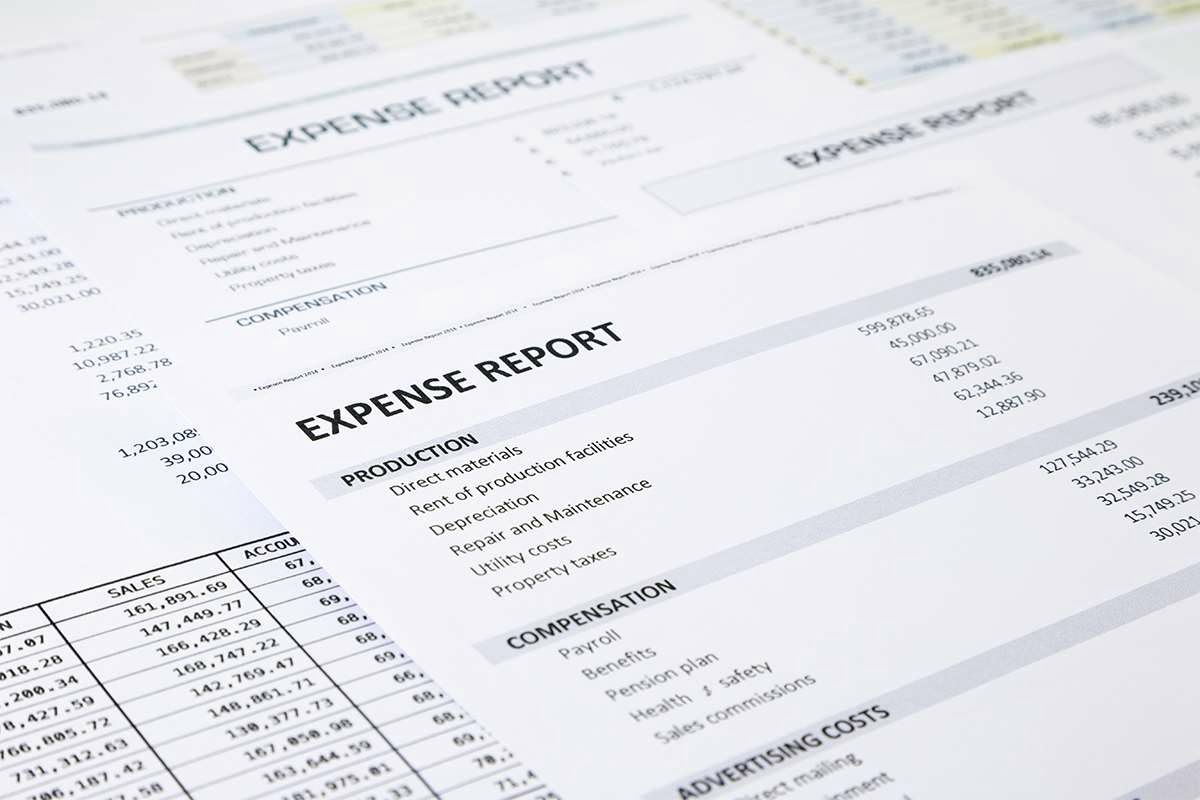
Comps is the most widely used approach, as the multiples are easy to calculate and always current. Businesses that plan to continue operating (i.e., not be liquidated) and not immediately sell any of their assets should use the going-concern approach to asset-based business valuation. This formula takes into account the business’s current total equity—in other words, your assets minus liabilities. As we mentioned, there are different approaches to evaluating the value of a small business, but generally, each method will involve a full and objective assessment of every piece of your company.

Get your financial documents in order
As the title suggests, here the valuation is derived from comparable transactions in the industry. Let’s say you’re calculating the SDE for your company Fizz Off, which makes bath bombs. Last year, you bought materials, rented a space for manufacturing, ran an online store, and paid a part-time employee who took care of packaging and shipping and ran your social media accounts.
Asset-driven approach
- Analysts who want to place a value on an asset normally look at the prospective future earning potential of that company or asset.
- This value is usually very discounted as it assumes the assets will be sold as quickly as possible to any buyer.
- For example, a restaurant with $100,000 in sales or profits will be valued less than a medical practice with the same sales or profits.
- One of the biggest challenges in arriving at an asset-based valuation is adjusting net assets.
- Objective data is used in the best business valuations, and evidence-based valuations are especially critical at trial.
- How do you put a price on the time, effort and passion you’ve put into building a successful small business?
- It’s likely that sellers will want to see the credit report and basic financial profile of the individual or business they are selling to.
Momentum can also come from new partnerships, product launches, joint ventures, or any truly significant positive development, notes Holdreith. The asset-based approach uses the value of assets to calculate a business entity’s valuation. business valuation formula The times-revenue method of valuing a company has the virtue of being straightforward. It’s revenue for a certain period multiplied by a set factor, usually one or two, to arrive at a figure that reflects the company’s value.
How the industry multiplier is determined
- Businesses can use the earnings multiplier approach to compare a company’s current earnings to projected future earnings.
- One way to think about these ratios is as part of the growing perpetuity equation.
- This decision was later reversed and solidified via Securities and Exchange Commission filings.
- Your SDE multiple will vary based on market volatility, where your business is located, your company’s size, assets and how much risk is involved in transferring ownership.
- Market capitalization represents the total market value of all a company’s shares.
It’s also used during a merger or acquisition of one company by another as well as when establishing partner ownership, for taxation, and even as a part of divorce proceedings. To calculate the earnings multiplier, you divide the market value per share by the earnings per share. So if a stock is worth $10 and earnings per share are $2, the earnings https://www.bookstime.com/ multiplier would be 5. That means that it would take five years of earnings at the current rate to get to the stock price. You can compare this data point to other companies in the same industry to get a sense of how its value compares to its peers. Seller financing is when the seller gives you a loan for part of the purchase price.
- While not included in our business valuation calculator, tangible and intangible assets are both critical pieces of the business valuation puzzle.
- When it comes time to sell your business the question “what is my business worth?
- But in more positive economic conditions, it’s important to be somewhat conservative when valuing in the understanding that all business cycles come to an end.
- Because you’re familiar with your own equipment and production, you can make pretty accurate estimates of each of your asset’s value and depreciation.
- Given that complexity, until an individual business is analyzed in detail it can be difficult to estimate its multiple.
- Blue chip Investment banks, keen to let everybody know that they’re hiring the best quantitative analysts in the world, can also vary widely on price.

Our business valuation calculator doesn’t factor in tangible and intangible assets which can both significantly impact a business’s actual value. One of the easier methods is to take the estimated cash flow from the last year you’ve forecasted, and assume that level of cash flow will continue indefinitely into the future. Obviously, this is a rather conservative prediction because most buyers will want the company to continue to grow after the next five years! But, at any rate, you can take the last projected year’s free cash flow, divide it by the discount rate, and arrive at the company’s perpetuity earnings value.
Rate This Article

In some cases, a business might receive a higher-than-expected valuation because the purchaser is prepared to pay a premium for specific knowledge, equipment, or simply to remove a competitor. High-growth, technology or tech-enabled businesses with recurring revenue business models and longer-term contracts can likely trade above these multiples. It all depends on the needs of the buyer and the attractiveness of the assets. In many cases, a bigger company can buy a small business to acquire its specific assets.
Present Value = (Annual Income/ 1+ Discount Rate ^ (1/ number of years)
Take stock of your assets and liabilities



Be the first to post a comment.